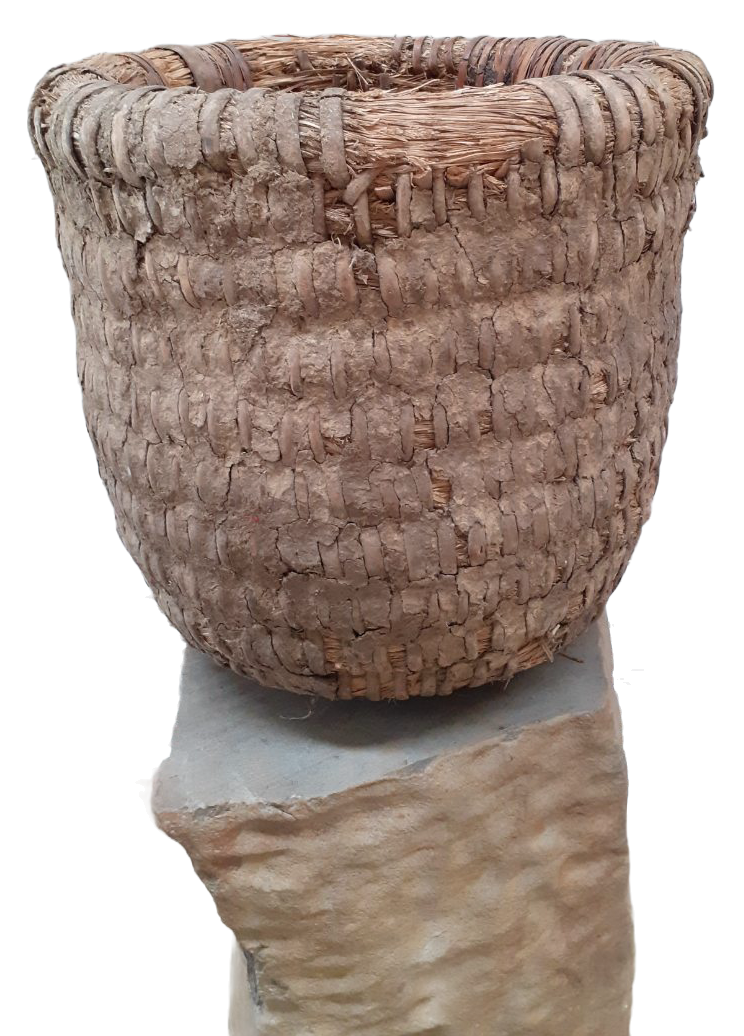
States. In cool rural areas where bees could thrive, people would place it face down on a flat surface such as stone or wood, the one-holed nest coal for bees to fly in and out. This hive, has still used in Egypt and Siberia, made from a mixture of unburnt mud, straw and manure called "skewers". Believed to have been first used in Ireland, they had been originally made from wicker plastered with mud and manure but after the Middle Ages, almost all were made of straw. In Northern and Western Europe, the skewers are made with rolls of grass or straw. Usually, bees have to create their own hives, which are attached to the inside. However, this type of hive has two disadvantages: beekeepers cannot check to find out pestilent insects, and honey collection is difficult, which leads to the destruction of the entire colony of bee. Therefore, later people also made a lid on the top of it. This type of hive was formerly popular in the UK and some Western countries, and it even appeared in paintings and sculptures at that time. In 1998, most US states banned the skewers used because they could not be checked for diseases and parasites.